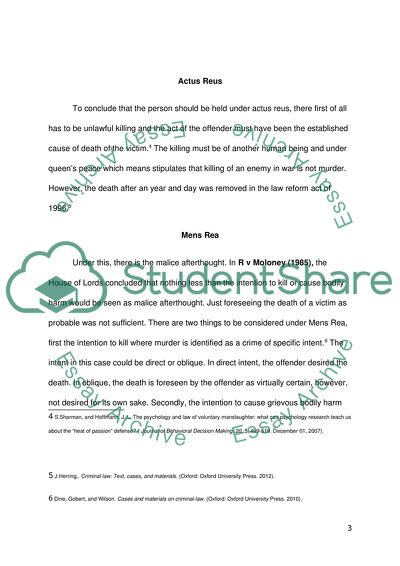Cite this document
(“Murder and manslaughter Essay Example | Topics and Well Written Essays - 2500 words - 1”, n.d.)
Retrieved de https://studentshare.org/law/1675254-murder-and-manslaughter
Retrieved de https://studentshare.org/law/1675254-murder-and-manslaughter
(Murder and Manslaughter Essay Example | Topics and Well Written Essays - 2500 Words - 1)
https://studentshare.org/law/1675254-murder-and-manslaughter.
https://studentshare.org/law/1675254-murder-and-manslaughter.
“Murder and Manslaughter Essay Example | Topics and Well Written Essays - 2500 Words - 1”, n.d. https://studentshare.org/law/1675254-murder-and-manslaughter.


